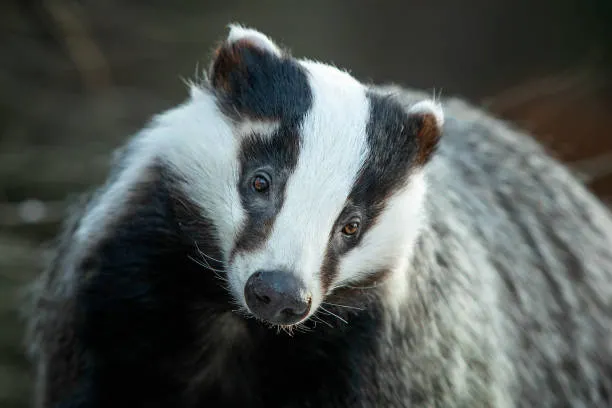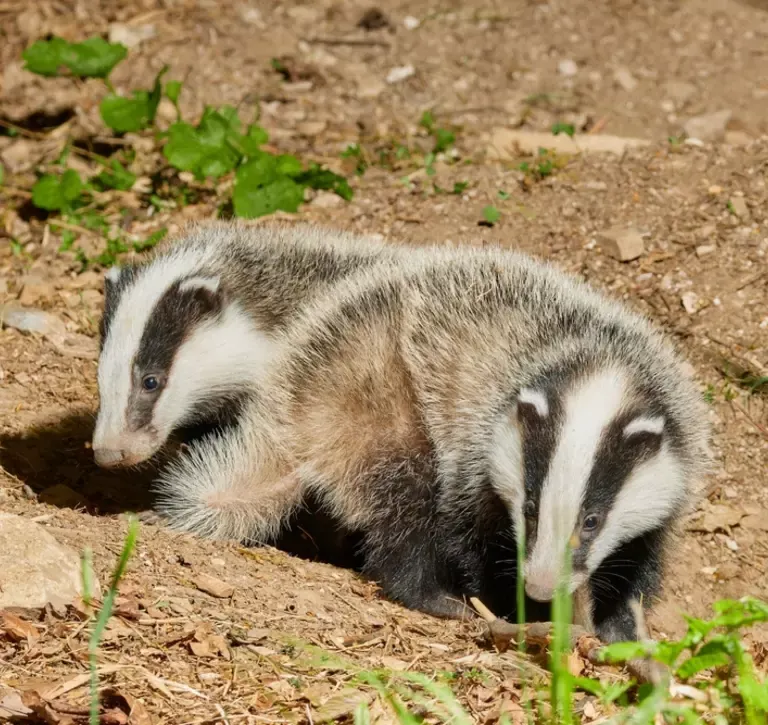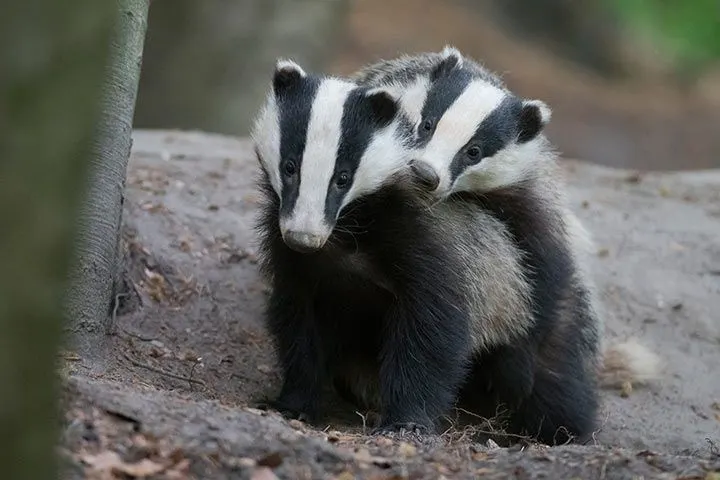10 Fascinating Facts About Badgers

Badgers are stocky, burrowing mammals known for their tenacity, intelligence, and unique underground lifestyles. Despite their relatively small size, badgers are fierce defenders of their territory and family. Found in various parts of the world, these creatures belong to the Mustelidae family, which includes otters, weasels, and wolverines. This article dives deep into the life of badgers, exploring their habits, adaptations, and surprising behaviors.
🦡 1. Badgers Are Master Diggers
Badgers are among the most accomplished burrowers in the animal kingdom. Their burrows, called setts, can be elaborate networks of tunnels and chambers that:
- Reach up to 30 meters (100 feet) in length
- Include multiple entrances
- May be shared with other badgers for generations
Some setts are centuries old and used by successive badger families, with improved ventilation and nesting chambers.
🌙 2. They Are Mostly Nocturnal
Badgers are nocturnal creatures, meaning they are most active at night. During the day, they rest in their setts, emerging at dusk to forage. Their excellent sense of smell helps them locate food even in complete darkness.
🍽️ 3. Omnivorous But Fond of Earthworms
Badgers have a varied diet, making them opportunistic omnivores. Depending on the species and region, they may eat:
- Earthworms (a favorite, especially for European badgers)
- Insects
- Fruits and berries
- Roots and tubers
- Small mammals, birds, and reptiles
- Carrion
A single badger can consume hundreds of earthworms in one night!
🐾 4. There Are Different Species Around the World
There are 11 species of badgers, broadly classified into three groups:
- True badgers (Europe, Asia)
- Honey badger (Africa, Middle East, India)
- American badger (North America)
Each has unique traits, but all are adapted to digging and underground living.
🧠 5. Badgers Are Smarter Than You Think
Badgers are not only tough—they’re also clever. Studies have shown they can:
- Solve simple problems and puzzles
- Use their strong memory to navigate their territories
- Communicate through a variety of vocalizations, scent markings, and body language
Some researchers suggest that badgers may form social hierarchies and cooperate within their clans.

🛡️ 6. Badgers Are Fierce When Provoked
Despite their cute appearance, badgers can be aggressive when threatened. With powerful jaws, sharp claws, and a stocky build, they can:
- Defend themselves from larger predators
- Even fight off bears or wolves in rare confrontations
- Stand their ground against humans and dogs
The honey badger, in particular, is famous for its fearless behavior—even taking on lions or venomous snakes.
🍼 7. They Practice Delayed Implantation
Many badger species exhibit delayed implantation, a reproductive strategy where:
- The fertilized egg is not immediately implanted in the uterus
- Gestation is paused until conditions are optimal
This allows badger cubs to be born in late winter or early spring, when food is more abundant.
🐾 8. Badgers Live in Family Groups—But Not Always
European badgers are known to live in social groups called clans, usually consisting of 2 to 15 individuals. However:
- American and honey badgers are more solitary
- Clan members may forage independently but share the same sett
- They groom each other and mark territory together
Their social structures can be complex and adaptable to their environment.
🧼 9. They Keep Their Homes Clean
Badgers are surprisingly tidy animals. They:
- Designate latrine areas outside their setts
- Regularly clean out old bedding (such as grass and leaves)
- Avoid fouling their living chambers
This hygiene helps protect against disease and parasites—unusual behavior among wild burrowing animals.
🌍 10. Cultural Symbolism and Conservation
Badgers have a strong presence in folklore, mythology, and modern culture:
- In Native American and Celtic traditions, they symbolize determination and bravery
- In popular literature, characters like “Trufflehunter” in Narnia and “Hufflepuff’s mascot” in Harry Potter highlight their noble traits
However, many badger species are threatened by:
- Habitat destruction
- Roadkill
- Persecution due to disease concerns (such as bovine tuberculosis in cattle)
Conservation efforts are ongoing in several countries to protect badgers and their habitats.
📌 Summary Table
| Trait | Fact |
|---|---|
| Primary habitat | Underground burrows (setts) |
| Diet | Omnivorous (worms, insects, small animals) |
| Activity | Mostly nocturnal |
| Defense | Strong claws, jaws; fiercely territorial |
| Reproduction | Delayed implantation for seasonal birth |
| Social behavior | Solitary (some) or clan-living (others) |
| Hygiene | Maintain clean, organized burrows |
| Lifespan | 4–14 years (wild), longer in captivity |

🌟 Final Thoughts
Badgers are truly one of nature’s most underappreciated wonders—intelligent, resilient, and full of character. Whether they’re digging vast networks underground, fending off predators, or caring for their young, badgers demonstrate remarkable adaptability and tenacity. Learning more about them not only uncovers the secrets of a hidden world but also helps us appreciate the diversity of life that shares our planet.



